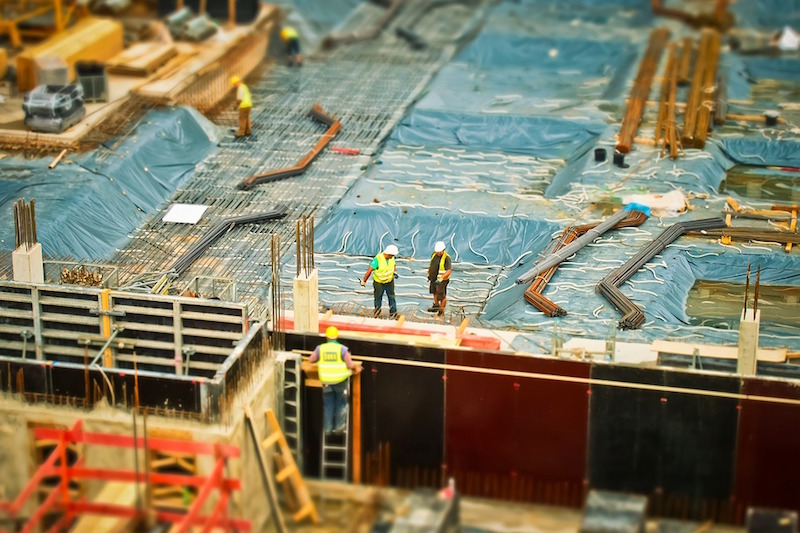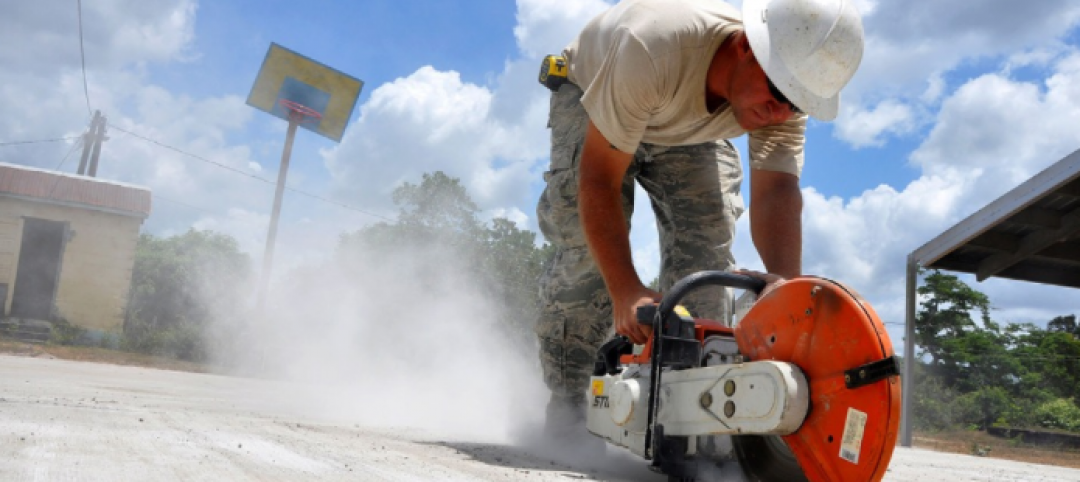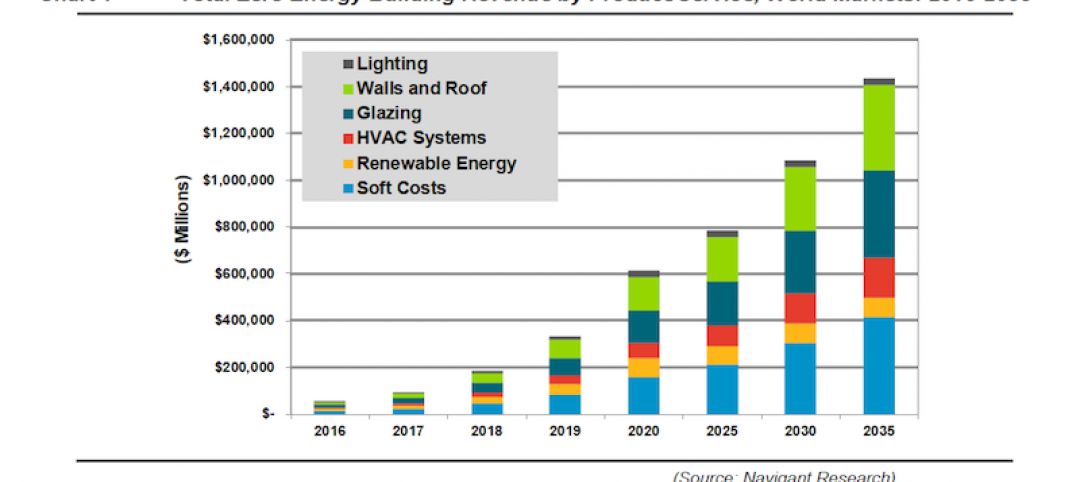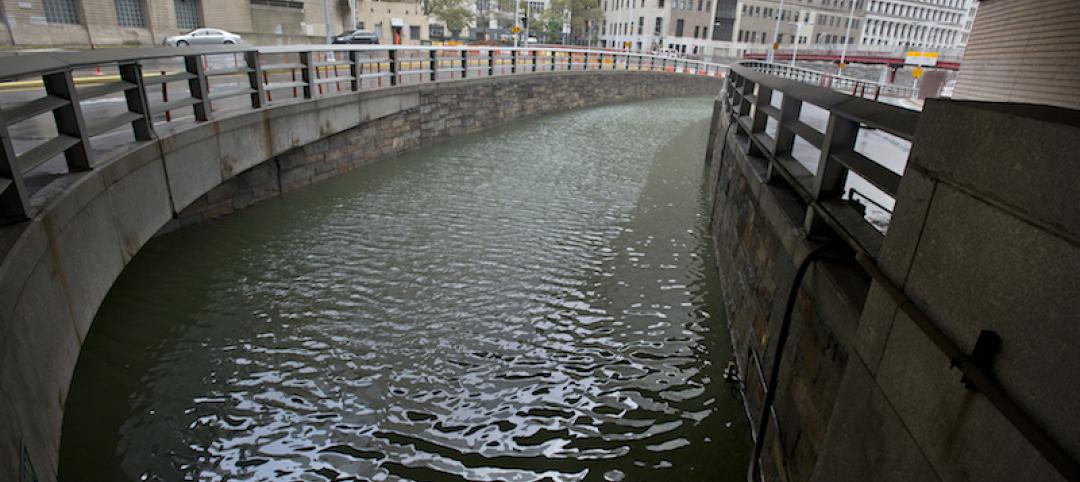The New York City Department of Buildings issued 23% more stop-work orders between January and June this year (4,580) than it did during the same period last year (3,738).
Missing guardrails and exposed holes were the most numerous causes of stop orders. The increased rate of stop-work orders (70%) has surpassed that of new construction permits (25%) by almost three times from 2012 to 2016.
Buildings department officials said stop-work orders are a vital tool to ensure public safety, but critics said that inspectors have been too quick to shut down jobs, and that there are no written guidelines to explain what conditions warrant the action. With increased construction activity, New York has experienced an uptick in deadly accidents in recent years.
According to The Real Deal, there have been 16 construction-related deaths in New York City during the past year.
Related Stories
Urban Planning | Jul 8, 2019
U.S. cities experience ‘Doppler shift’ in walkable urban development
The walkability trend is spreading to urbanizing suburbs.
Regulations | Apr 19, 2019
Latest regulations for Opportunity Zone investments clarify qualifications for tax breaks
The goal remains to get more capital gains working to spur economic growth in downtrodden neighborhoods.
Codes and Standards | May 30, 2018
Silicon Valley cities considering taxes aimed at large employers
The aim is to offset the impact on housing costs and homelessness by tech companies.
Reconstruction & Renovation | Dec 21, 2017
Interactive map includes detailed information on historic New York City buildings
The New York City Landmarks Preservation Commission launched a new, enhanced version of its interactive map, Discover NYC Landmarks.
Codes and Standards | Aug 24, 2017
OSHA silica dust exposure enforcement begins Sept. 23
Vacuum dust collection, water-delivery systems, and respirators will be required.
Energy Efficiency | Jan 5, 2017
Exponential growth in net zero energy buildings predicted for the next two decades
Technology and regulations will be the drivers, says Navigant Research.
Wood | Sep 6, 2016
Atlanta suburb prohibits wood-framed construction for high rises
The new building code prevents any structure with more than three stories from being built from a CLT frame.
Regulations | Aug 31, 2016
FEMA wants to toughen flood regulation on projects using federal funds
The proposal ‘would essentially rewrite the current 100-year flood standard.’
Legislation | Aug 10, 2016
Calif. bill would speed up environmental lawsuits on certain projects
A nine-month limit has been proposed for some $100 million-plus projects.
Regulations | Aug 9, 2016
New trend eases parking requirements for U.S. cities
Transit-oriented development and affordable housing are spurring the movement.

















